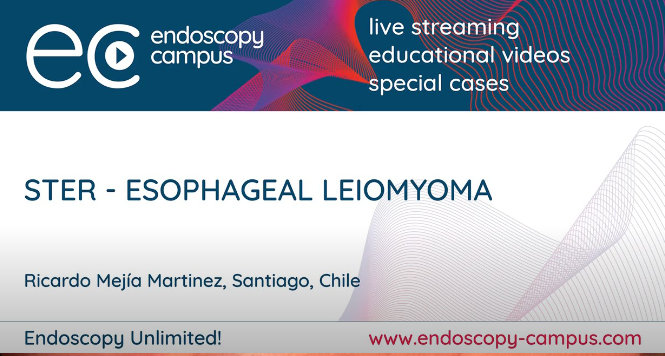Artificial Intelligence Detects Dysplasia in Histopathology Slides From Patients With Barrett’s Esophagus
Prateek Sharma, MD, FASGE, reviewing Faghani S, et al. Gastrointest Endosc 2022 Jun 16.
The degree of dysplasia in patients with Barrett’s esophagus (BE) is key to determining the application of BE endoscopic therapy and assigning surveillance intervals. Multiple studies have reported significant interobserver variability in the diagnosis of dysplasia, especially low-grade dysplasia (LGD), and that currently review by two expert GI pathologists is essential for confirmation of the degree of dysplasia. In this study, the authors attempted to develop and test a fully automated deep learning model to identify and grade dysplasia on whole slide images (WSI) from a large cohort of digitized BE histology slides.
After scanning for slide quality, the investigators randomly selected histopathology slides from 542 patients with BE. The slides comprised 164 (30%) nondysplastic BE (NDBE), 226 (42%) LGD, and 152 (28%) high-grade dysplasia (HGD) specimens. Two expert pathologists reviewed and agreed on the slides, and their annotations of regions of interest were recorded and digitized. The available slides were then randomly assigned to training (70%), validation (20%), and test (10%) sets.
The system achieved nearly 89% accuracy in distinguishing NDBE versus LGD versus HGD and nearly 96% accuracy in distinguishing NDBE versus dysplasia. The system incorrectly upstaged 1 of 18 NDBE cases as HGD, 4 of 33 LGD cases as HGD, and downstaged 2 of 33 LGD cases as NDBE and 1 of 19 HGD cases as LGD. The overall positive predictive value was 0.91 for NDBE, 0.90 for LGD, and 1.0 for HGD.

COMMENTArtificial intelligence and deep learning models show promise in identifying and distinguishing dysplasia in BE histopathology slides. The next step would be to replicate these models outside the current training and test sets. If validated, this would have profound clinical implications for patient diagnosis and subsequent management.
Note to readers: At the time we reviewed this paper, its publisher noted that it was not in final form and that subsequent changes might be made.
CITATION(S)
Faghani S, Codipilly DC, Vogelsang D, et al. Development of a deep learning model for the histological diagnosis of dysplasia in Barrett’s esophagus. Gastrointest Endosc 2022 Jun 16. (Epub ahead of print) (https://doi.org/10.1016/j.gie.2022.06.013)


